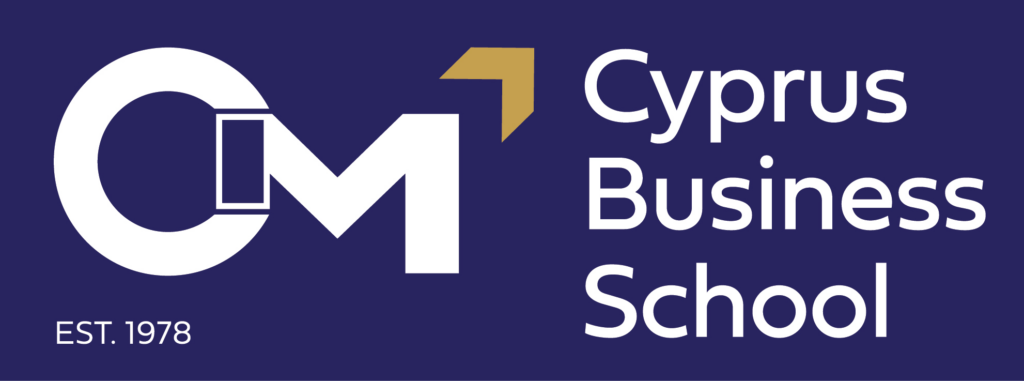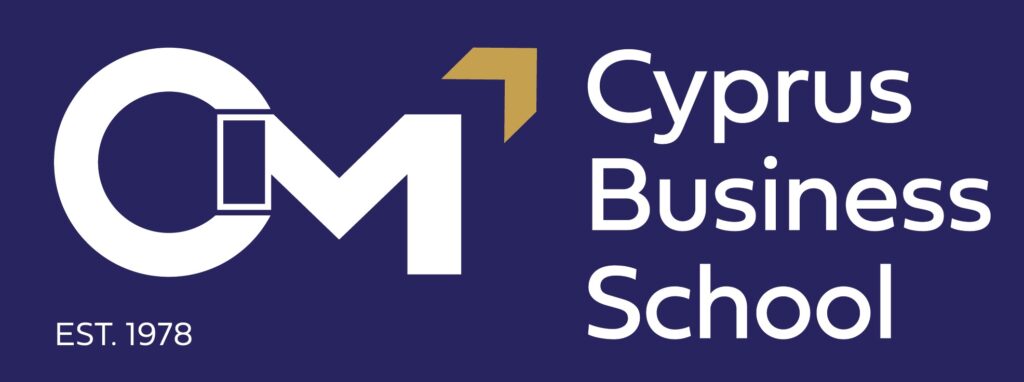Our blogger Ms Chrissy Jones is back with a piece on the luxury retail sector. Read on!
Although the booming Cypriot economy is set to grow by 3.5% in 2019(double the EU average), the global luxury retail sector hasn’t been so lucky. Growth has recently slowed from 8% to 4%, which only increases the competitive nature of the luxury industry. High-end brands need to find fresh ways to market to discerning customers who are increasingly looking for valuable knowledge and emotional experiences along with their purchases. The luxury market may be harder to break into, but it’s highly profitable with the right marketing strategies.
Don’t compete on price
Luxury consumers take price into consideration, but it isn’t their primary concern. They’ll spend more if the product is deemed worth it. In fact, 80% of customers are willing to pay more for a better customer experience alone. So, rather than lowering prices (which can actually indicate a lower-quality product in customer’s minds), focus on demonstrating the product’s value and set prices to match. High-end customers will then associate your product with high-quality and be willing to pay the price. If you want to offer a financial incentive to customers committed to staying within budget, you could extend credit to give them more purchasing power or offer a temporary price promotion. Be aware, however, that excessive promotions can ultimately have a negative impact on the bottom line. Once you raise prices again, some customers may not be willing to pay the sharp increase.
Focus on shopping experience
Over the past few years, luxury brands have turned their focus to providing a unique emotional shopping experience for customers — which can result in a 5% increase in active customers and an over 50% increase in store-sales growth. Personalisation and customisation, in particular, are effective ways to emotionally engage customers. For example, Kiehl’s train staff to provide customers with expert and highly-customised beauty advice; L’Oréal’s Sustainable Product Optimization Tool tells customers about the environmental and social footprint of new products; and customers of luxury watchmakers, IWC, have the ability to directly communicate with the CEO on social media. These strategies offer greater sensory stimuli than products alone, which creates a bigger emotional connection.
Emphasise exclusivity
The exclusivity factor is a big pull for luxury brands even in uncertain times. Rolls-Royce, for example, makes no more than 2,000 bespoke, hand-crafted cars per year. They’ve just had their highest annual sales in their 115-year history. Customers of luxury brands are essentially looking to join an exclusive club, which expresses their personality and taste. To build exclusivity, you could release limited-edition, bespoke products for a limited time to ensure only a select few customers end up with those items. Alternatively, consider inviting certain customers to exclusive VIP events or start an invitation-only VIP membership.
Whether the economy is booming or not, luxury brands can still make a profit. During the Great Recession, for example, plenty of stores went bust, while Hermes and Louis Vuitton increased in value. Remember luxury brands don’t need to market to the masses. Focus on creating a unique, exclusive, and emotional customer experience to attract the right audience and make sales.




